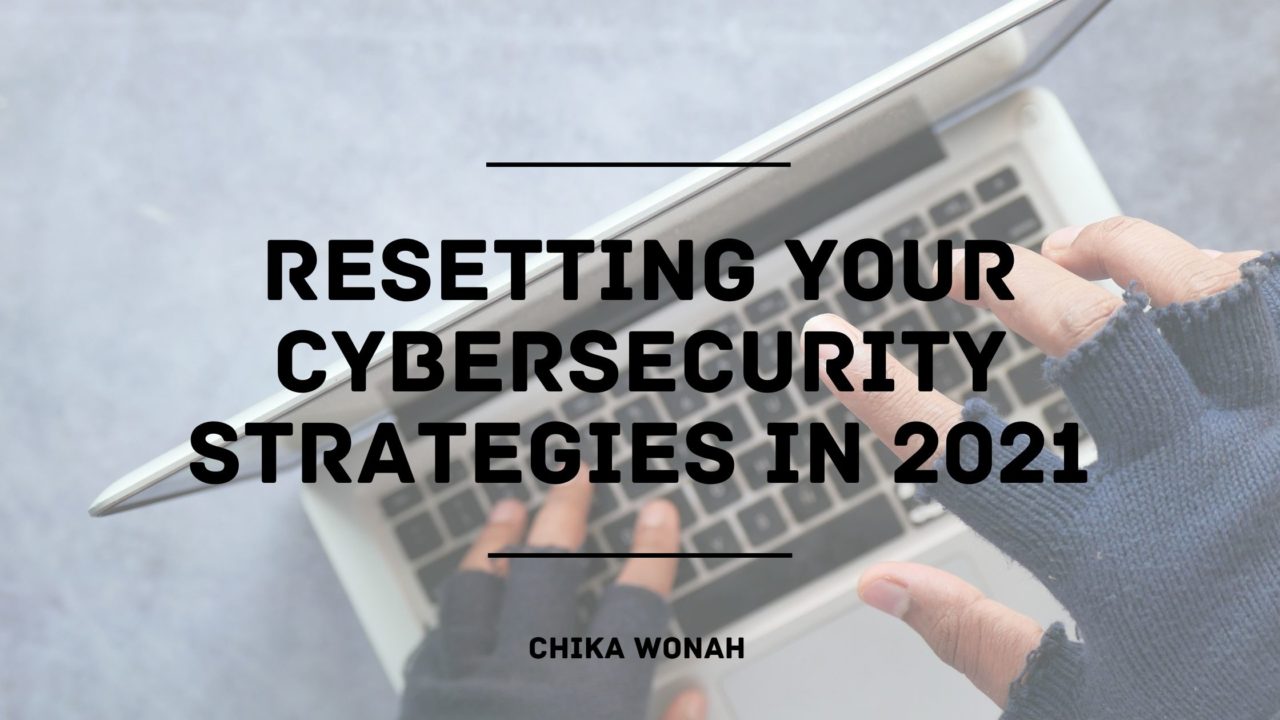2020 was the year of the unexpected, biologically and digitally. This is true in terms of many changes and served as an eye-opener for better preparedness. It is an era that shows preparation, caution, and due diligence matters in all aspects or one would face similar consequences.
One of the significant shifts was the switch from physical interactions to compulsory digital ones, leading to an expansion in digitization. People started working from home, and many businesses joined the digital movement; this led to a more substantial focus on cybersecurity with the rise of many cyber attacks.
The Need for Cybersecurity in A Distributed Working Environment
Hackers capitalized on the ‘work from home’ trend, and there was a surge in global cyber attacks. Phishing and the use of fake accounts to access individual personal information were in vogue. Ransomware was on a rampage as many firms, companies, organizations, and even networks in their entirety were held as hostages.
Accelerated machine learning significantly impacted widespread digitization, and artificial intelligence technologies are on the rise as well. Like every other digital creation, digitization has its vulnerabilities; this leads to hackers exploiting the vulnerabilities in these creations, including networks and devices.
The Rise of Cybersecurity Must Follow
The cyber breaches of 2020 were recorded to almost double that of 2019 due to the digital expansion. An estimate of 59% of the world’s population, amounting to 4.6 billion, was the rate of active internet users as of July 2020.
As the usage went up, so did the attacks.
Statistics for online crimes reported to the FBI’s Internet Crime Complaint Center (IC3) in 2020 were nearly quadruple that of 2019 due to the pandemic.
Everyone is susceptible to breaches, but with actions, one can limit the damages. Indeed, individuals and organizations can attribute risks to new business models, innovations and technologies. Hence, a need to reset cybersecurity strategies so that 2021 can be better.
Simple Actions To Take
Cybersecurity organizations project that in every 11 seconds, a business may fall victim to a ransomware attack in 2021. The prediction for global ransomware damage costs is about $20 billion by 2021. However, with the right actions, one can flatten the cybersecurity attack curve.
Reviewing cyber budgets, planning for resilience, investing in security solutions, and enhancing security in organizations are part of the focus on resetting cybersecurity strategies.
Amidst rapid global digitization in businesses and every other aspect of life, a holistic cyber strategy is required. One that encompasses adequate prevention and protection and will lead to a foreseeable decline in cyber attacks.
